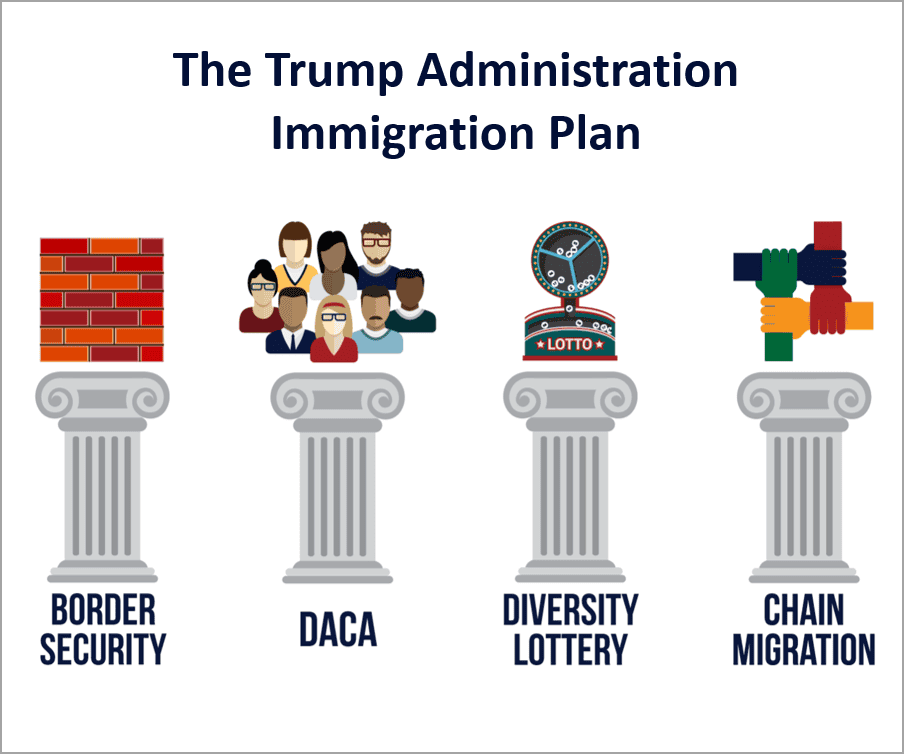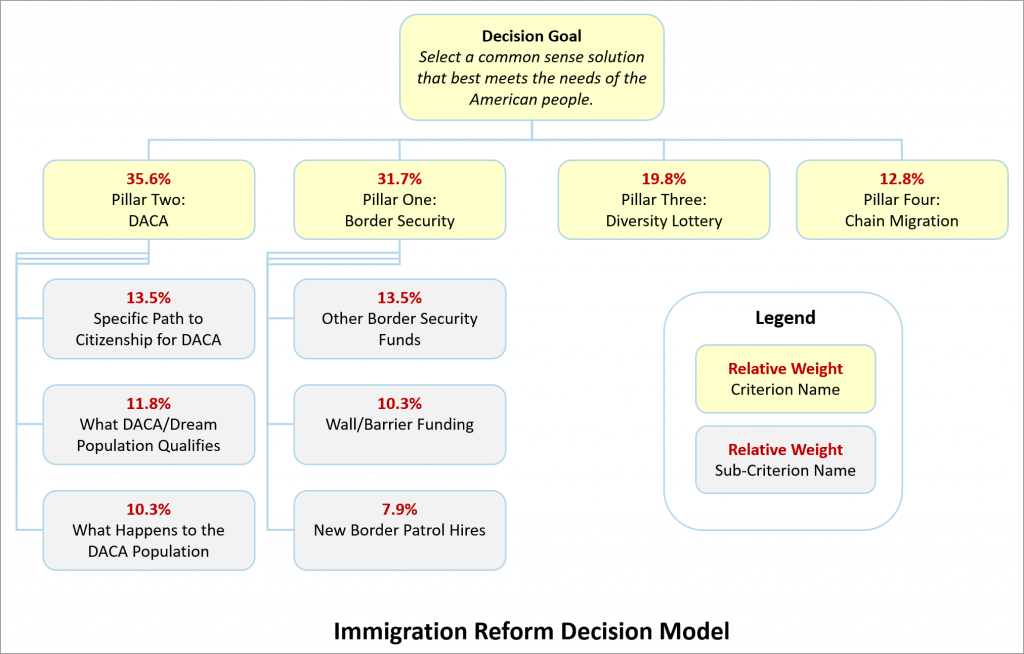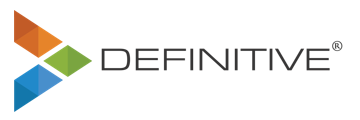Immigration Reform: Building Consensus for a Common-Sense Solution (Part II)

In my last blog Immigration Reform: Prioritizing the Four Pillars for a Common-Sense Solution, I recommended that Congress consider using a proven group decision-making process (e.g., the Analytic Hierarchy Process) to determine the relative importance of the four pillars (below) that have been put forth by the Trump Administration.
When a decision is decomposed into criteria and sub-criteria, and the relative importance of them is accurately determined, a decision model emerges. The decision model can then be used as a basis for evaluating the alternatives (in this case, sponsored bills) to arrive at a weighted score for each bill. The alternative bills can then be placed in ranked order using their weighted score to identify the most preferred bill that represents the greatest consensus of the group (in this case, Congress).

In this second part (Part II of II) of the Immigration Reform blog, I will illustrate how using a proven process can build more consensus and yield a better result than the “blind squirrel” approach that has been ineffective in solving this problem over many decades. With the help of the PBS NewsHour, who published Every Immigration Proposal in One Chart, and some colleagues and friends who were willing to share their judgments, I will illustrate the prioritization of the four pillars and the scoring of the alternative bills.
Prioritization of the Four Pillars
Until the members of Congress agree on whether they are going to address all four pillars (instead of only two or three), it will be difficult, if not impossible, to evaluate the alternative legislative proposals and achieve any consensus on a solution. For the purposes of this discussion, I will assume that the problem requires that all four pillars be addressed.
Using the Definitive Pro™ system, the participants were requested to self-identify as Republicans, Democrats, or Independents, and then share their judgments by completing the pairwise comparison process described in the last blog).
They were selected to participate in such a way as to statistically mirror the party breakdown in the House of Representatives (Republicans: 238; Democrats: 193; Vacant: 4) and Senate (Republicans: 51; Democrats: 49; and Independents: 2) for a combined party breakdown of: Republicans: 54.2%; Democrats: 45.4%; and Independents: 0.4%.
In this illustrative exercise, the group determined that pillar one (Border Security: 31.7%) and pillar two (DACA: 35.6%) were substantially more important than pillar three (Diversity Lottery: 19.8%) and pillar four (Chain Migration: 12.8%). Within pillars one and two, additional pairwise comparisons were conducted to determine the relative importance of the sub-criteria with respect to the parent pillar, and then each sub-criterion received a proportionate share of the weight of the parent pillar.

Scoring of Alternative Bills
With the decision model in place, each participant then evaluated and scored five alternatives bills:
- The Goodlatte Bill: “Securing America’s Future Act”
- Grassley/Cotton/Purdue and Others: “The Secure and Succeed Act”
- The Hurd/Aguilar and McCain/Coons Bill: “The Uniting and Securing America Act”
- Rounds/King and 14 Others
- The Dream Act
Using the summary descriptions provided by PBS NewsHour and a rating scale to measure the contribution to each criterion or sub-criterion, each bill was scored against each sub-criterion in pillars one and two, and pillars three and four. After the judgments were converted to weighted scores and aggregated, it was determined that the Grassley/Cotton/Purdue and Others: “The Secure and Succeed Act” bill scored the highest (61.5%) based on its across-the-board strength, scoring no lower than a “medium-low” on any pillar.

Of course, when solving complex problems such as immigration reform, an iterative approach should be employed, where variations of an alternative bill can be added and scored as a new alternative. This allows the group to hone in on the alternative that attains the highest possible contribution score. In addition, additional analyses can and should be conducted to evaluate the contribution score versus the cost of each bill (i.e., cost vs. benefit), as well as other factors.
In closing, it’s important to note that this illustrative example is not intended to be pass muster as a scientific study, nor is it intended to be predictive of what Congress may or may not do in the coming month(s). The purpose is to merely demonstrate that by using a proven process of accurately weighting criteria and scoring alternatives, Congress can more easily define and solve “the problem.” After decades of attempting to reform immigration, the time has come for them to consider using a group decision support process that has proven successful in government, business, and academia. Unfortunately, just as in business, people can sometimes be more comfortable with failure than change.
© 2018 Definitive Business Solutions. All Rights Reserved.
John Sammarco has thirty-five years of experience leading, managing, and consulting to top public and private sector organizations, and has over twenty years of experience in facilitating complex group decisions. John founded Definitive Business Solutions in 2003, which provides world-class group decision-making solutions to increase efficiency, boost ROI, and reduce risk associated with business and technology investments. In 2016, John developed Definitive Pro™, which helps groups build consensus and make multi-criteria decisions.
